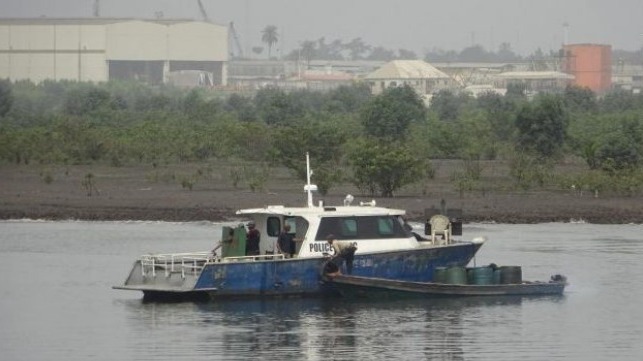Does Somali Piracy Hold Security Lessons for the Gulf of Guinea?

The subject of maritime security has gained prominence since the turn of this millennium as piracy and armed robbery at sea intensified. With most littoral states committing their budgetary allocations to security on land, maritime governance frameworks have lagged behind, inadvertently creating safe spaces for insurgents eager to boost their political and economic clout from disorganized seas.
Particularly, Africa has emerged as a maritime terrorism hotspot, presenting a tremendous obstacle to the development of its blue economy. Seafarers have borne the brunt of unsafe waterways as pirates increasingly target ships.
Pirate groups in the Gulf of Guinea - with an ever-increasing capacity to stage attacks on ships - have become a nightmare in the African maritime security landscape as stakeholders hunt for a long-term solution.
However, inasmuch as Africa is a playbook example for maritime insecurity, it also a laboratory where maritime security strategies get tested for coherence and effectiveness.
Fundamentally, the Western Indian Ocean region presents a unique case study on how nations can create the capacity to proactively respond to maritime instability and piracy. Unfortunately, as external assistance continued to pour in for countries to enhance their maritime governance structures, there is a dearth of comparative analysis to map out the effectiveness of capacity building programs existing in the region.
The emergence of Somali piracy in mid-2000s was a litmus test for East African nations, most of which had under-resourced and weak maritime governance structures. This would attract foreign assistance mostly from the United Nations (UN) and EU to build these nation’s capacities to counter piracy off their coasts. Some of the initiatives introduced included multilateral naval missions, establishment of legal systems to prosecute pirates on land and institutions to maintain safety at sea.
A book released in October of last year titled “Capacity Building for Maritime Security: The Western Indian Ocean Experience” sought to address this gap by comparating how littoral states in the Western Indian Ocean revamped their maritime spaces in the wake of maritime security threats.
The compelling aspect about this book is the foundation it creates to analyze specific actions undertaken in the region to counter piracy, the aspects that worked and the shortfalls encountered, especially how some of the institutions created have been unable to evolve as Somali piracy declines.
These insights can be relied upon by experts elsewhere like in the Gulf of Guinea to contextualize maritime security threats and ensure the resultant capacity-building efforts exceed just the notion of counter-piracy. Thus, the focus should be on blending external assistance with local efforts to give maritime security capacity-builders visibility in national public agendas. Often times, the profession remains in the periphery and lacks political concern and priority in national security reforms.
But how should maritime governance structures be configured to regions where threats abound, rather than be tethered to an idealized outcome - a common approach with donor-funded capacity building programs, which tend to be very prescriptive.
Take the case of resource-rich countries in Western Indian Ocean such as South Africa - whose institutions have the capacity to handle maritime threats - as opposed to Kenya and Seychelles, which still depend on external assistance.
The authors of the book introduce a new framework to assess maritime security governance gaps in Africa called “Spaces, Problems, Institutions and Projects,” or SPIP. It is a multilayered approach that first identifies how maritime spaces are problematic to a country, followed by how institutions and governance structures are mobilized to respond to these problems. Lastly, the implementation gaps that exist in various reforms and capacity building projects that a country undertakes are analyzed to determine how they can be further developed in future.
Care has to be taken not to simply transplant knowledge learnt from other regions while leaving out the cultural, economic and political conditions of a different target area. Somali piracy cannot be directly compared to instability in the Gulf of Guinea, which means the capacity building approach for maritime institutions in West Africa will have to be distinctive and responsive to the political expectations in the region.
The opinions expressed herein are the author's and not necessarily those of The Maritime Executive.
